Economics Assignment: Cost Estimation and Profitability Analysis
VerifiedAdded on 2023/05/28
|6
|1082
|265
Homework Assignment
AI Summary
This economics assignment solution addresses a range of cost-related concepts and problems. It begins by identifying fixed, variable, and incremental costs based on a given total cost equation. The solution then defines and explains life cycle costs and opportunity costs. Subsequent questions delve into breakeven analysis, including deriving the breakeven point formula and applying it to a specific scenario. The assignment also explores the components of a cost function and discusses cost estimation using index tables, addressing potential sources of error. Further questions cover the impact of changes in capacity on costs, the application of cost capacity factors, and the use of learning curves. The solution also includes cash flow diagrams, payback period analysis, and the determination of the internal rate of return (IRR) to assess project feasibility. Finally, the assignment includes questions on profit maximization and the relationship between cost and demand, providing a comprehensive overview of core economic principles. The document is a valuable resource for students seeking to understand and solve economics problems.
1 out of 6
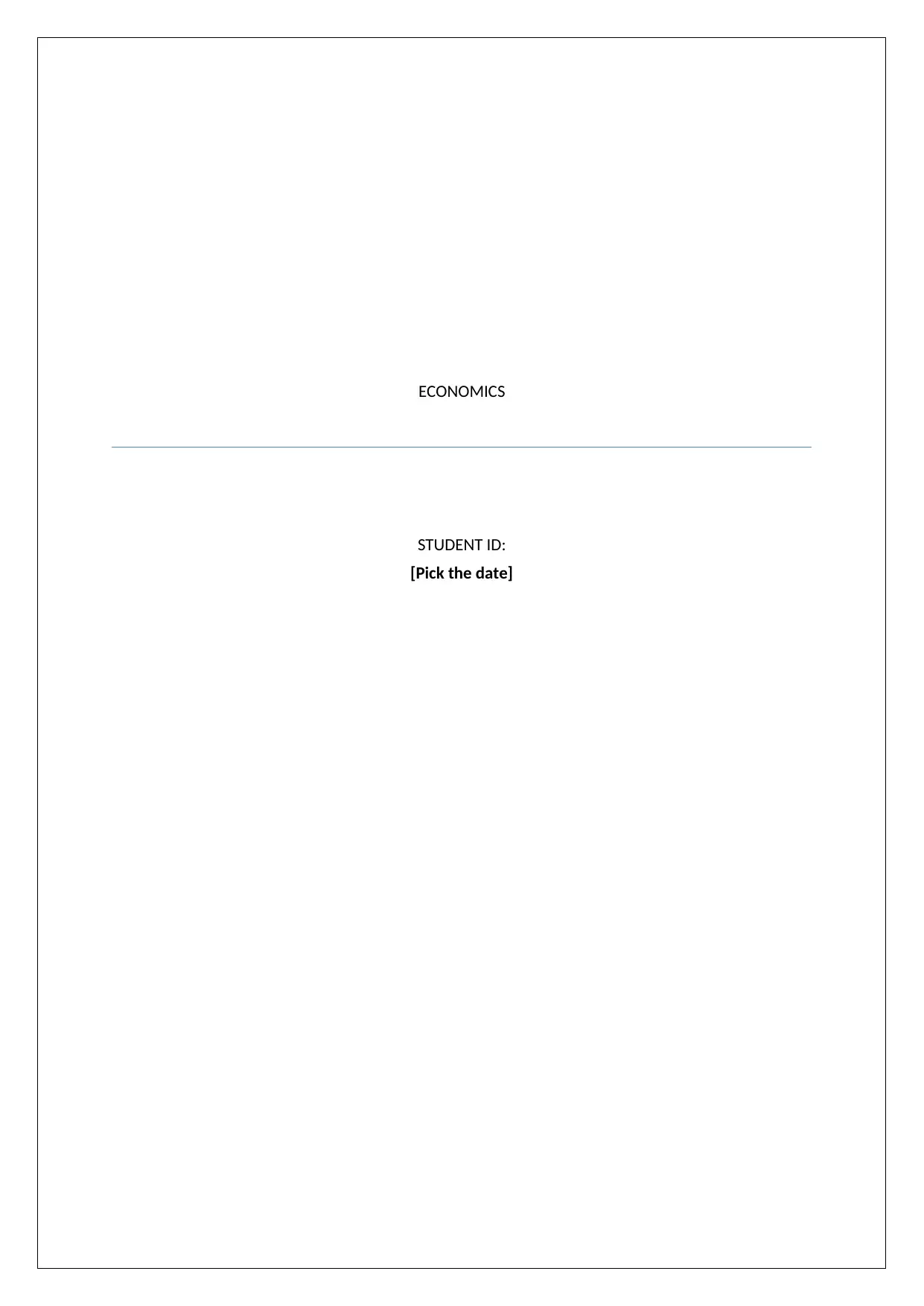
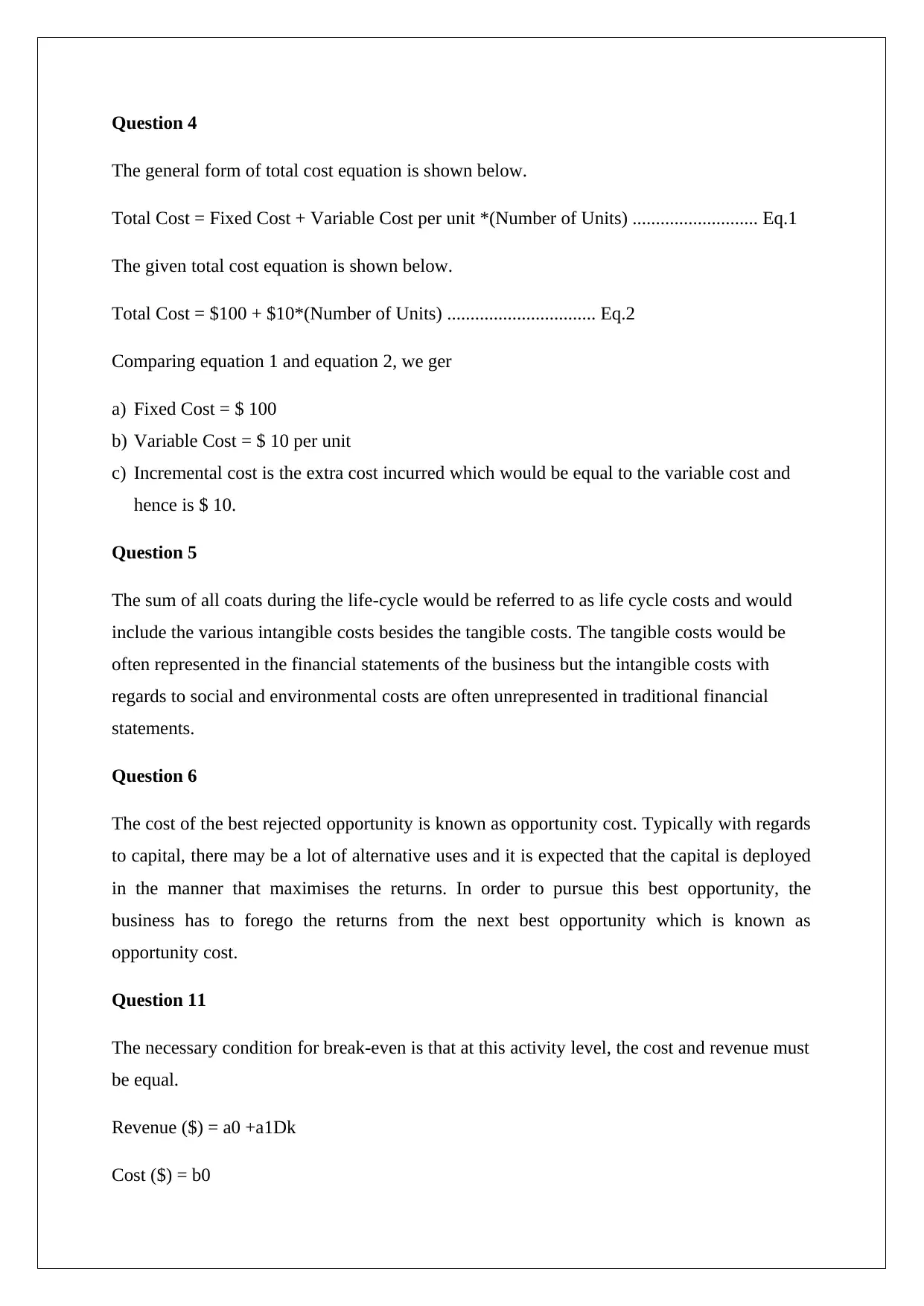
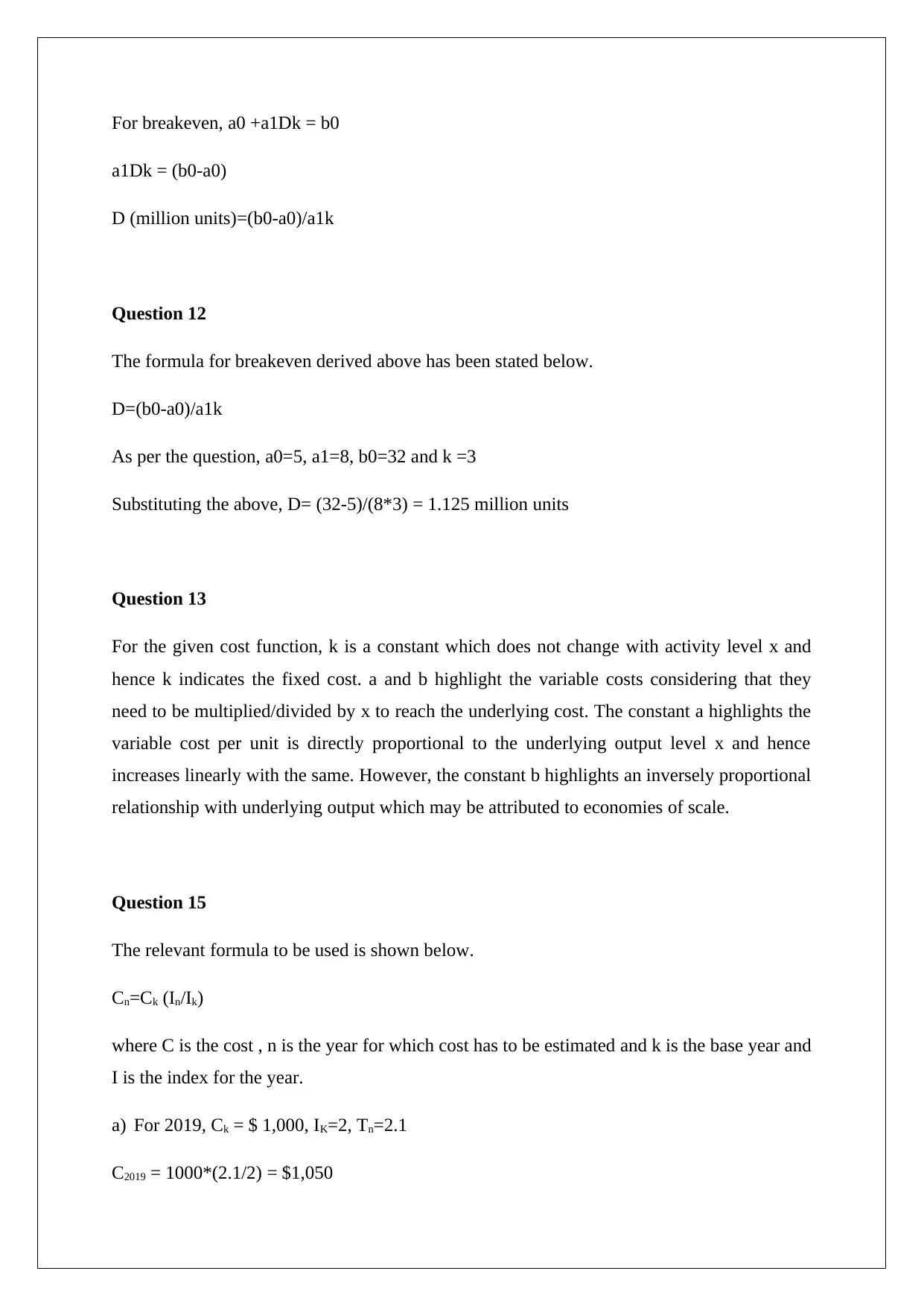

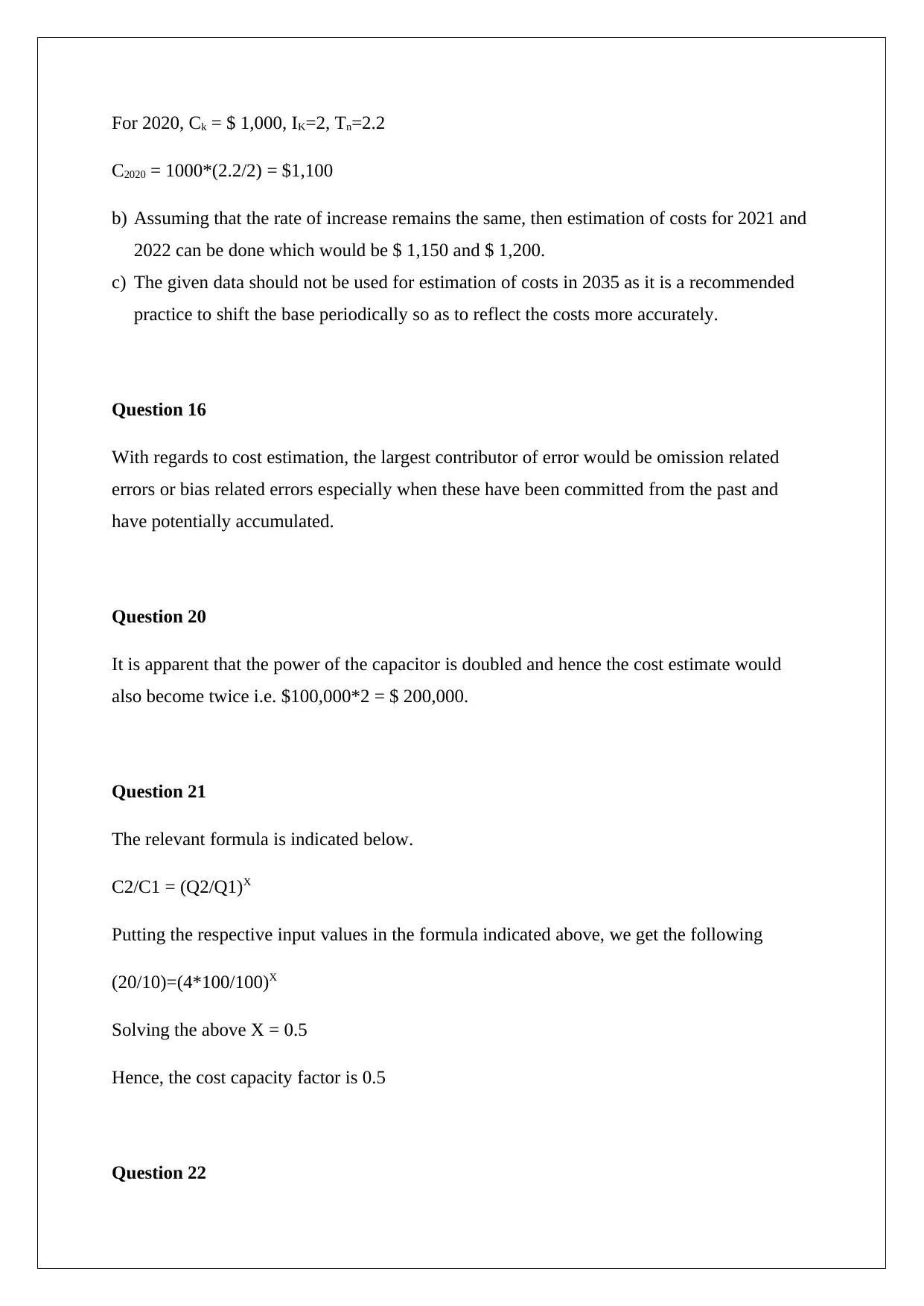
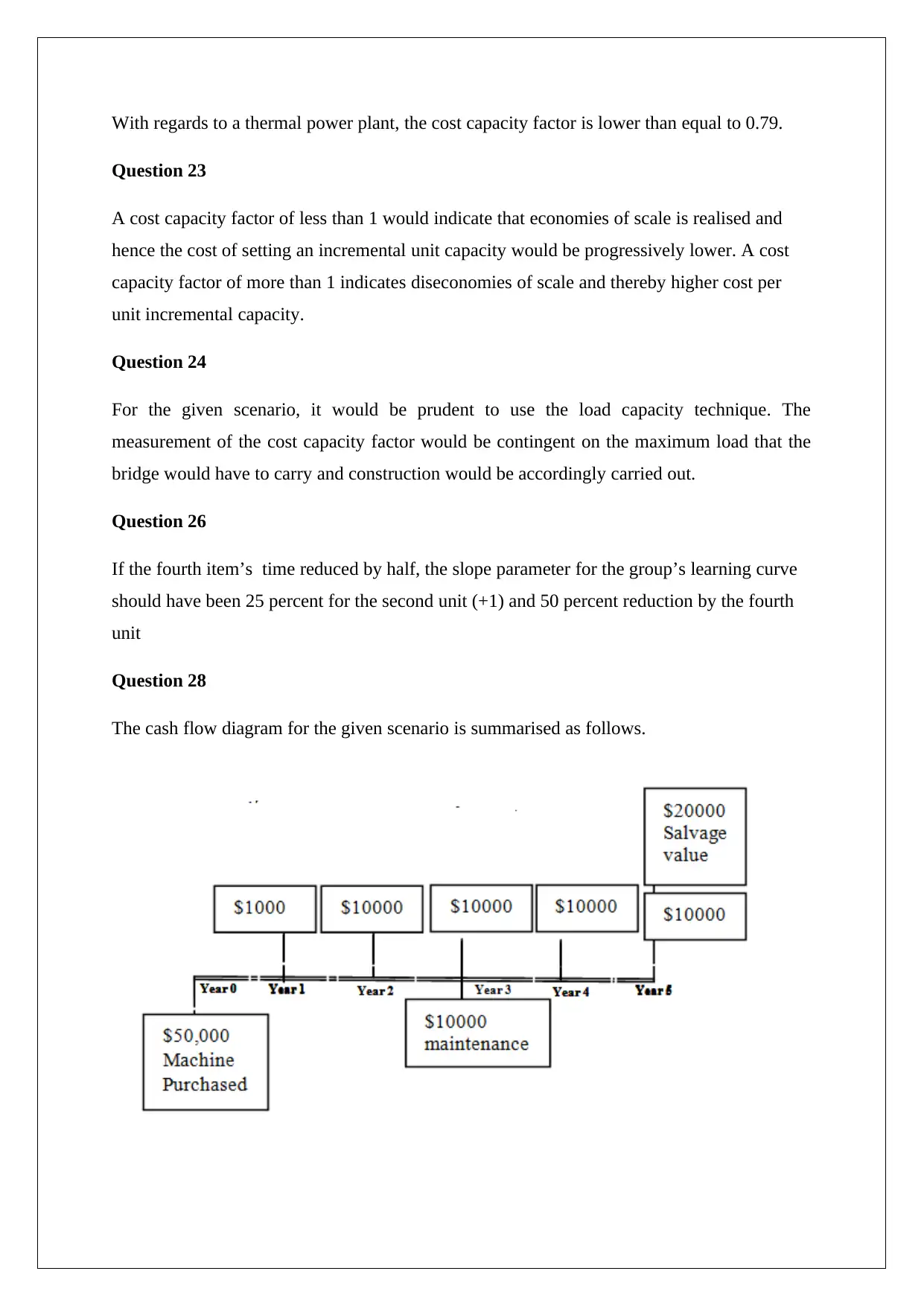







![[object Object]](/_next/static/media/star-bottom.7253800d.svg)